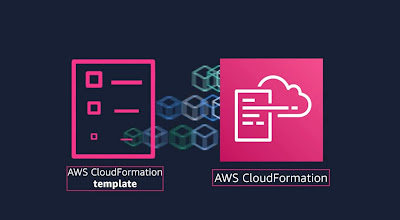Module 3: Global Infrastructure and Reliability
學習目標
- AWS Global Infrastructure 優點
- Availability Zones 基本概念
- Amazon CloudFront & edge locations 優點
- 比較 AWS 服務的不同配置方法
AWS Global Infrastructure 優點
High Availability and Fault Tolerance
若要理解 AWS 全球基礎設施的運作方式,可以用咖啡店來做比喻。如果某個地點發生了遊行、洪水或停電等事件,顧客仍然可以去幾個街區外的另一家店喝咖啡。
AWS Regions
每個 AWS Region 由多個孤立且物理上分離的 Availability Zones 組成,這些 Availability Zones 位於同一地理區域內。
A Region is a geographically isolated area that contains AWS resources.
Regions contain Availability Zones.
- Compliance
- Compliance with data governance and legal requirements
- Proximity to your customers
- How close you are to your customer base?
- Latency: The time it takes for data to be sent and received
- Feature availability (Available services within a Region)
- Sometimes the closest Region may not have all the AWS features you want.
- e.g. Amazon Braket: Quantum computing platform
- Pricing
- Expensive e.g. Brazil (high tax)
AZ (Availability Zone) ➡ Region 內的單一資料中心 or 一組數據中心
每個 AZ 由一個或多個獨立的數據中心所組成,這些數據中心具備冗餘的電源、網絡和連接,且彼此相距數十英里(miles)、low latency 資料傳輸。
Best Practice for AZ - Building a resilient and highly available architecture
"Run across at least two Availability Zones in a Region."
- Regionally scoped service:
- ELB (Elastic Load Balancing)
- ELB runs across all AZs, communicating with the EC2 instances that are running in a specific AZ.
- Amazon SQS (Amazon Simple Queue Service)
- Amazon SNS (Amazon Simple Notification Service)
- Regional services are by definition already highly available at no additional cost of effort on your part.
Edge locations
An edge location is a site that Amazon CloudFront uses to store cached copies of your content closer to your customers for faster delivery.
An edge location is a data center that an AWS service uses to perform service-specific operations.
- CDNs (Content Delivery Networks) ➡ Amazon CloudFront
- DNS (Domain Name Service) ➡ Amazon Route53
AWS Outposts
AWS Outposts is a service that you can use to run AWS infrastructure, services, and tools in your own on-premises data center in a hybrid approach.
Extend AWS infrastructure and services to different locations, including your on-premises data center.
How to Provision AWS Resources
- API: Application Programming Interface
Interacting with AWS services
- AWS Management Console (browser-based)
- Test environments
- View AWS bills
- View monitoring
- Work with non-technical resources
- AWS Command Line Interface (CLI)
- Make API calls using the terminal on your machine
- AWS Software Development Kits (SDKs)
- Interact with AWS resources through various programming languages (C++, Java, .NET, and more)
- Various other tools
- AWS CloudFormation
- AWS Elastic Beanstalk
(1) AWS CloudFormation
- Infrastructure as code tool used to define a wide variety of AWS resources
- Once you define your resources in a CloudFormation template, CloudFormation will parse the template and begin provisioning all the resources you defined in parallel.
- It determines the right operations to perform when managing your stack and rolls back changes automatically if it detects errors.
(2) AWS Elastic Beanstalk
- Helps you to focus on your business application, not the infrastructure
- Elastic Beanstalk deploys the resources necessary to perform the following tasks:
- Adjust capacity
- Load balancing
- Automatic scaling
- Application health monitoring











留言
張貼留言